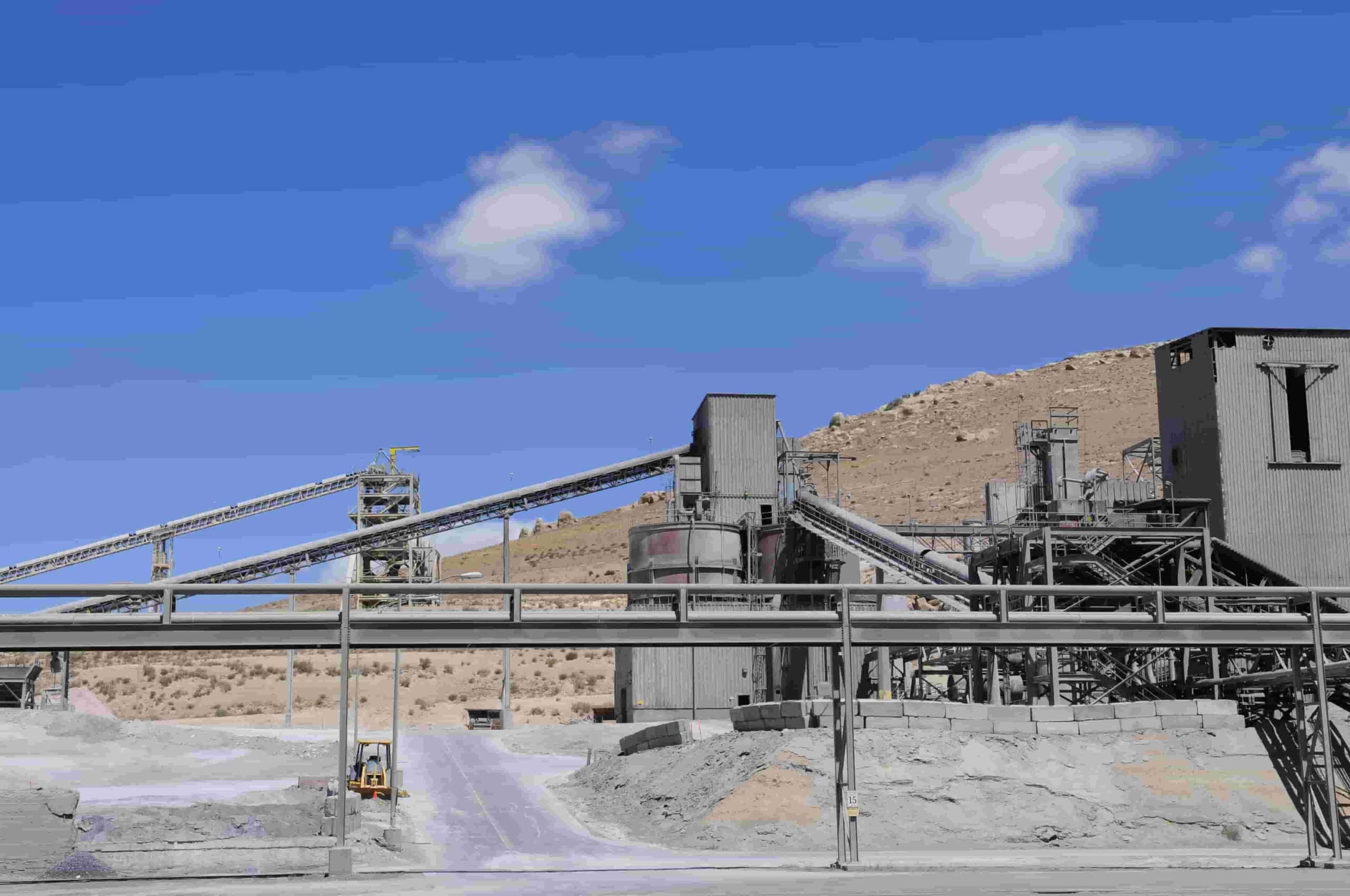
Posted on May 10th, 2023 by Carrier Vibrating
When coal is burned in power plants, it leaves behind a substance known as fly ash. While this gray, powdery material might not appear useful, various industries have found applications for it, thanks to high-tech fly ash machinery that handles and processes it.
For example, fly ash is a key component for making concrete. It helps to increase the strength and durability of concrete and reduces the need to manufacture new cement, thereby cutting greenhouse gas emissions. Fly ash is also used as a soil amendment due to its rich mineral content and water-holding capacity and in road construction to make certain types of asphalt and fillers.
While it might not look like much, fly ash is quite versatile. However, its quality and composition can vary significantly, making it crucial to have high-tech machinery specifically designed for handling and processing it.
Understanding Different Classes of Fly Ash
Fly ash is typically classified into classes F and C based on the coal origin type.
Class F fly ash comes from burning harder, older anthracite and bituminous coal. It is generally low in calcium content and has pozzolanic properties, meaning it reacts with lime to form cementitious compounds, making it an excellent choice for concrete production.
Class C fly ash, on the other hand, is derived from younger lignite or sub-bituminous coal. This class of fly ash has both pozzolanic and self-cementing properties. It contains a higher percentage of calcium oxide, which allows it to harden and gain strength on its own when mixed with water, unlike Class F fly ash, which requires an activator, such as lime.
Quality Control Standards Across States
The quality control standards for fly ash are regulated at federal and state levels. Environmental policies and compliance requirements for use in specific applications also differ across states due to regional variations in coal types.
For example, some states have stringent limits on the concentration of heavy metals, like lead or arsenic, permitted in fly ash that could leach into the environment and cause contamination. States may also regulate other physical and chemical elements, such as particle size and loss on ignition (LOI), which indicates the carbon content in fly ash.
It’s crucial for companies that handle fly ash to be aware of these varying regulations and to ensure their products meet the quality control standards of the states in which they operate to ensure both the safety and effectiveness of fly ash use.
Meeting Quality Standards with Vibratory Screeners
The varying expectations for quality control across states make it essential for fly ash machinery to provide consistent quality.
Carrier’s vibratory Screeners can be customized to ensure adherence to all fly ash standards, and our machines are designed and constructed to withstand the demanding conditions of the coal industry. Our Screeners are engineered to efficiently screen and separate fly ash particles according to their size so that only particles meeting the defined size criteria make it to the end product, guaranteeing uniformity and quality.
Harnessing the benefits of fly ash is a matter of understanding its properties, adapting to regional regulations, and employing the right machinery – a challenge that Carrier Vibrating Equipment is always prepared to meet.






